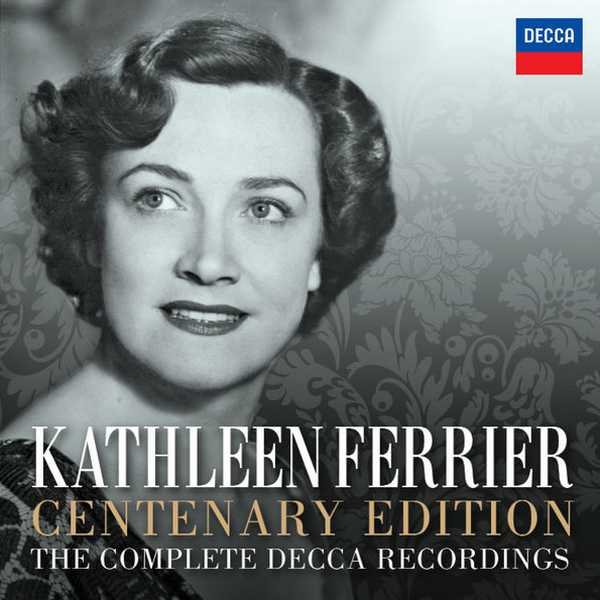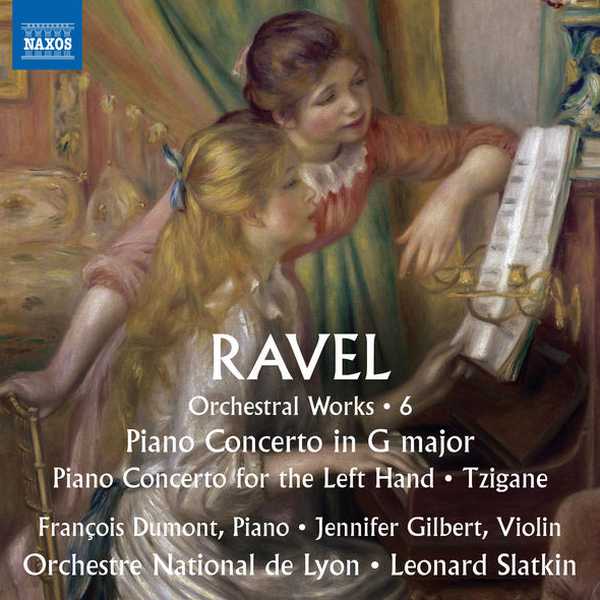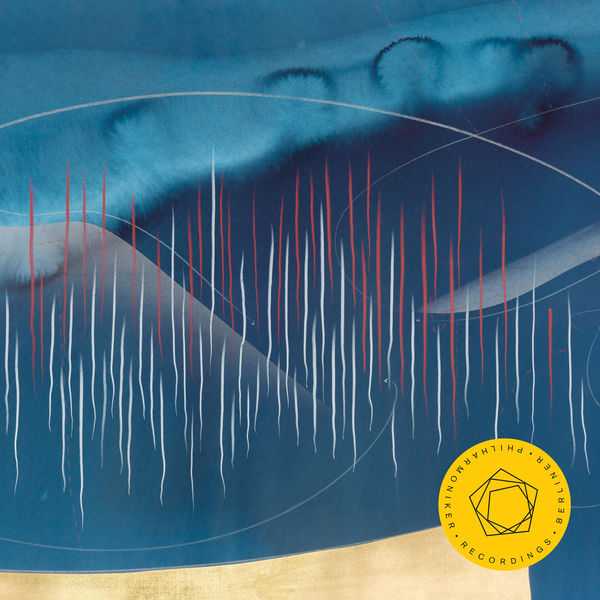Gilbert

Alan Gilbert is a renowned conductor who made a significant mark on the music world during his time with the New York Philharmonic Orchestra. Born in New York City, Gilbert served as the orchestra’s music director from 2009 to 2017. His tenure was marked by innovative programming, a deep respect for the orchestra’s rich history, and a passion for making classical music accessible to people of all ages and backgrounds. He conducted a wide range of famous compositions, bringing them to life with energy and a deep understanding of the music.
One of Gilbert’s great strengths as a conductor is his ability to connect with audiences. Whether performing timeless works by Beethoven, Mozart, or Tchaikovsky, or presenting contemporary music, he ensured that every performance was engaging and emotionally impactful. For older audiences, this was especially meaningful. Classical music often resonates deeply with older people, as it evokes memories and emotions tied to life’s milestones. Gilbert’s approach highlighted the beauty and power of these works, creating moments of reflection and joy for his listeners.
Under Gilbert’s baton, the New York Philharmonic performed many well-known symphonies and concertos. For example, Beethoven’s “Symphony No. 9”, with its rousing “Ode to Joy” finale, was a frequent favorite. This composition is universally loved for its uplifting message of unity and brotherhood. Another popular piece was Tchaikovsky’s “1812 Overture”, famous for its dramatic themes and climactic cannon fire. Gilbert’s leadership brought a freshness to these beloved classics, keeping them relevant and exciting for modern audiences.
Gilbert was also committed to performing works by American composers, such as Aaron Copland’s “Appalachian Spring” and Leonard Bernstein’s “West Side Story” Suite. These pieces have a special place in the hearts of many older Americans, as they reflect the spirit and culture of the 20th century. Gilbert’s interpretation of these works emphasized their emotional depth and connection to American life.
One of Gilbert’s defining achievements was his ability to balance tradition with innovation. While he respected the classical repertoire, he also introduced audiences to newer works and composers. For older audiences who might feel most comfortable with familiar music, Gilbert carefully blended the old and the new, ensuring everyone felt included. His programming often paired a famous symphony with a modern composition, creating a dialogue between eras.
During his time with the New York Philharmonic, Gilbert also prioritized community outreach. He led free concerts in parks and public spaces, bringing classical music to those who might not otherwise attend a symphony hall. For many older adults, these concerts were a chance to enjoy world-class music in a relaxed, welcoming setting. He believed strongly in music’s ability to bring people together, regardless of age or background.
Alan Gilbert’s legacy with the New York Philharmonic is one of excellence, accessibility, and heartfelt connection. Through his thoughtful interpretations of famous compositions, he touched the lives of many, including older audiences who found comfort, inspiration, and joy in the timeless beauty of classical music.











